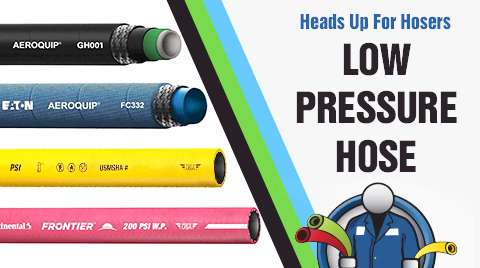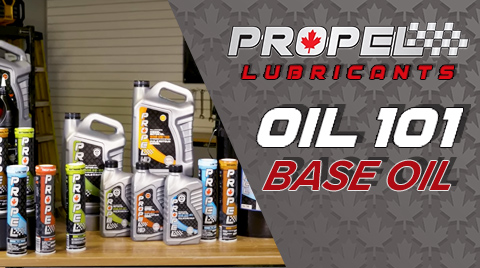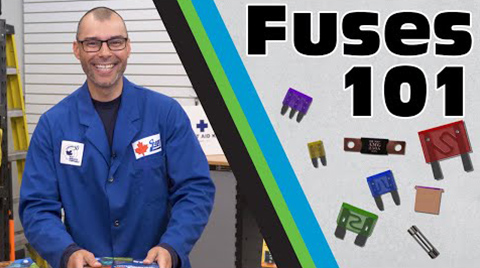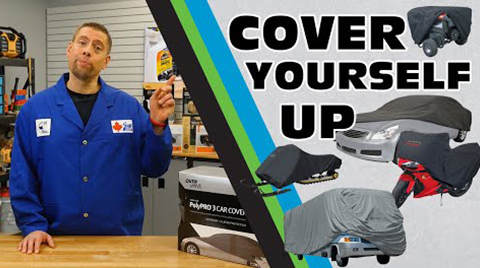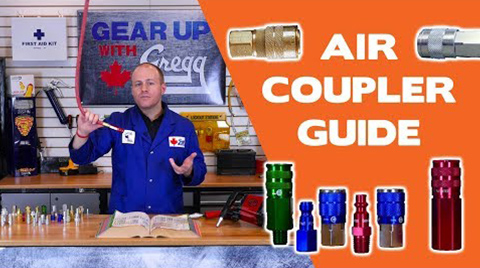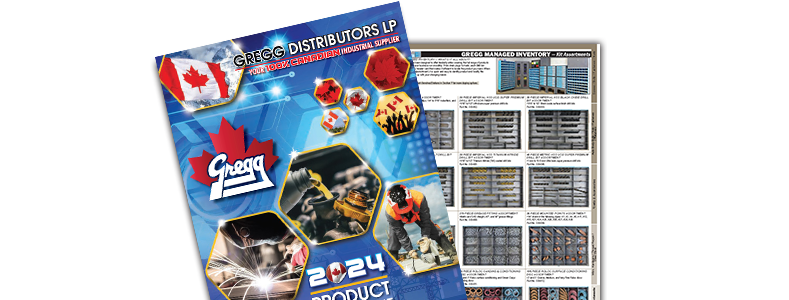Quick couplers can be found in many shop environments, whether that be automotive, industrial, or heavy-duty. They’re used in air systems to attach a hose full of compressed air to a pneumatic tool like an impact wrench. Why you would have quick couplers on your air lines and tools instead of standard threaded fittings? Well, it’s because quick couplers make switching between tools fast and efficient. This in turn helps you to speed up your workflow and streamline your day!
The Components of Air Couplers
Quick couplers consist of two components: the socket, and the plug. The socket is the female end of the coupler and it is usually found screwed onto the end of the air hose. The plug is the male half and it is usually screwed into the end of the pneumatic tool you are using.
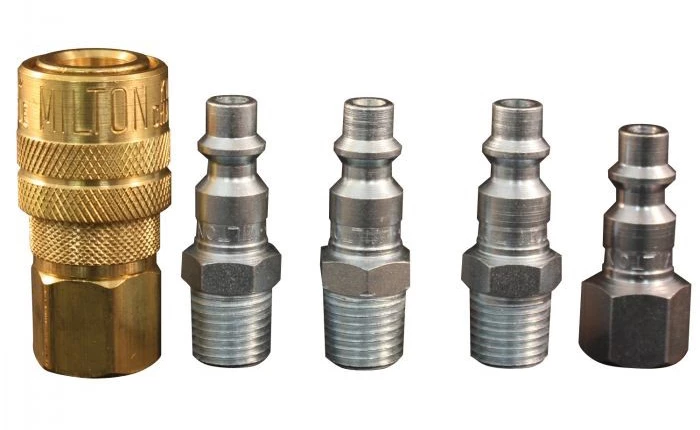
Here at Gregg's, we carry a wide range of some of the most popular types of quick couplers. Though there is a lot of variety between styles, the basic functionality of all couplers remains the same. When connected, the plug end is held in place mechanically by the female socket, a seal is created, and the air resumes its flow. The mechanical connection between the socket and the plug can be accomplished through a variety of materials and designs. These can range from metal bars to ball bearings, plastic components, or a combination of all three! Though they differ, if used properly, all air couplers provide a leak-free airflow and help you to get the job done.
Different Styles of Air Couplers
So, if there are so many variations between manufacturers and styles, how can we tell which one is which? To put it simply, couplers break down into three main identification categories; Style, Air Flow, and Connection.
Style
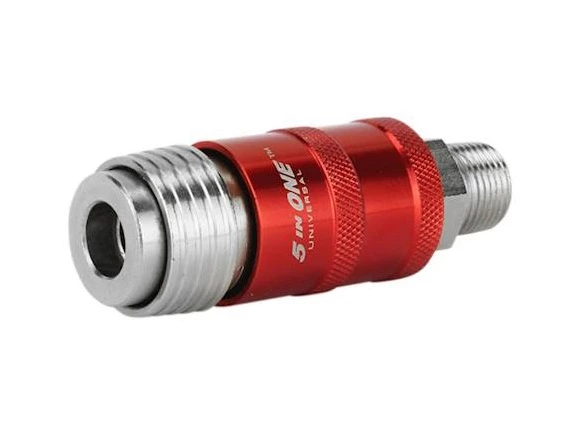
There are ten main styles that you can find on the market today. They are denoted letters and differ from one another by the amount of SCFM (Standard Cubic Feet per Minute) of air that they move. For example, an A-style coupler can move about 34 Standard Cubic Feet of air per minute, which is on the lower end of style options. Because of this, you would typically find this style of fitting in autobody shops where their air tools generally need slower flow rates in order to function properly. On the other end of the scale, we have a heftier G-style male coupler end or plug. The G-style moves about 99 SCFM. You would need these couplers on bigger pneumatic tools that need a large amount of air to function, like in heavy-duty mechanic’s shops. It’s important that you match a coupler’s SCFM to the tool you are using as too much airflow can break an air tool, and too little airflow will not let it function properly.
Air Flow
There are three basic flow sizes for air couplers: 1/4”, 3/8”, and 1/2”. Now when we are talking about the basic flow size it is important to note we are NOT talking about the thread size of the connection on the air coupler. The basic flow size refers to the air handling capacity of the coupler. It breaks down as the following: 1/4” is couplers up to 40 SCFM, 3/8” is up to 60 SCFM, and 1/2” is 60 SCFM and up. The thread size and the flow size are two measurements that are completely independent of each other. This means a larger thread size will not translate to higher airflow, because your airflow is determined by the design of the coupler.
Connections
Not only can the connections on the bottom of the couplers be different sizes but they can be different types too. The most common ones you will see are female and male pipe connections like NPT, but there are also hose barb type connections as well. These install simply by pushing them onto your hose rather than threading them like the NPT connection.
How to Identify Air Couplers
The important thing to know when identifying air couplers is you shouldn’t focus on the manufacturer but instead you should focus on the style. This is the key to air coupler simplicity and interchangeability. It doesn’t matter who makes the coupler, so much as you are using the proper style for your application. Most manufacturers will actually make as many styles as possible in order to round out their offering. You can have an M-style plug made by Milton and an M-style female coupler made by Legacy, and they will mate together perfectly because they are both the same style.

But why do quick couplers come in so many material types, colours, and more? This is because it is important to consider your environment when buying couplers. For example: in indoor environments, hardened steel couplers may be the better choice since they are less prone to damage when a hose is dropped on the hard concrete floor. In outdoor environments, brass couplers are a great option where rusting may be a concern. Are you planning on dragging the hose around the workshop or outside? Then you might need a coupler with a drag guard. This comes in super handy to stop your hose from catching on hazards on the ground and accidentally disconnecting while moving around.
When it comes to colour, Legacy has put out a line of couplers that make identification on the fly even easier. These coloured couplers are meant to match so you never mix up dry and lubricated lines ever again. What does that mean? Well, some tools use dry air lines and some use air lines with a slight bit of oil in them to keep them internally lubricated. This means if you mixed up the hoses a dry line could affect the performance of a tool that needed a lubed line and vice versa. With the simple addition of these coloured couplers to your setup, you wouldn’t have to worry about someone accidentally destroying your expensive pneumatic tools.
Universal Couplers
Another type of coupler we carry here at Gregg's is the universal coupler. You could install the universal coupler on your hose and would never have to worry about what male plug is on your tools anymore! The universal coupler is designed for those who work with multiple coupler profiles. Its ingenious design allows you to mate with almost every style of the male plug there is.
Now that covers some of the basics of air couplers. If you are still having trouble figuring out which style of coupler you require, or if you have any other questions feel free to contact us here. And make sure to subscribe to our email list so you can keep up to date with our latest offers, flyers, new products, and giveaways here at Gregg's!



